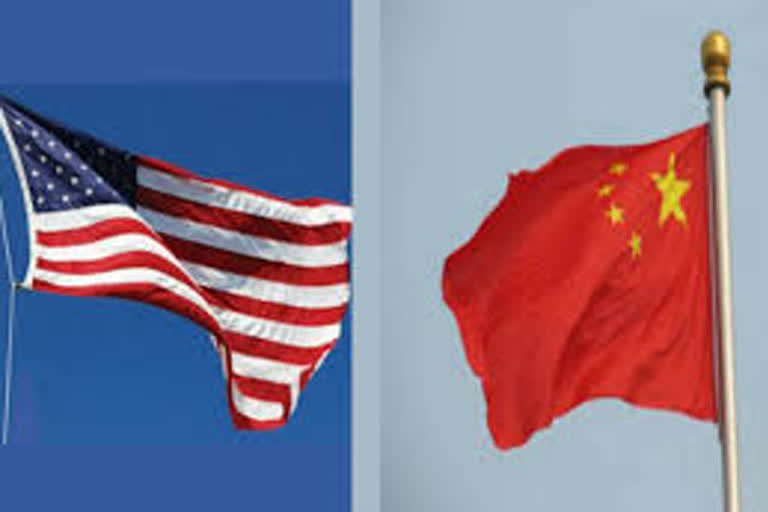New Delhi: With China being openly acknowledged as the US’ prime rival in the coming years, the US Department of Defense (DoD) is seeking record amounts of money to match up with China’s military modernization drive that focuses a lot on cutting-edge technology, one that seeks to acquire the new while discarding the old.
US Secretary of Defense Lloyd J Austin’s stated at the House Armed Services Committee hearing for the 2022 defence budget request on Tuesday: “This budget asks you to approve nearly 28 billion dollars to modernize our nuclear triad and 112 billion dollars for research, development, testing, and evaluation -- the largest R&D request ever put forth by this Department.”
“It (budget request) invests in hypersonic weapons, artificial intelligence, micro-electronics, 5G technology, space-based systems, shipbuilding, and nuclear modernization… to name a few.”
“Our request also gives us the flexibility to divest ourselves of systems and platforms that no longer meet our needs… including older ships, aircraft, and I-S-R platforms that demand more maintenance, upkeep, and risk than we can afford.”
Also Read: Biden faces growing pressure from the left over voting bill
Although China began to modernize its military from 1978 onwards, the effort has received a major fillip under President Xi Jinping with his ‘China Dream’ project.
In 2017, Xi set three time-bound deadlines for the PLA—to be a “networked” force by 2020, to complete military modernisation by 2035, and to be a “world-class” military by 2049.
Without a doubt, the PLA has achieved a formidable military stature with integrated battle forces, a complete nuclear triad, a huge array of powerful missiles, space and cyber capabilities and a much more advanced air force and navy equipped with state-of-the-art platforms.
Keeping the changing international security scenario in perspective, the DoD has also commissioned a Global Posture Review and a new National Defense Strategy.
Also Read: Russia fires warning shots to deter UK warship in Black Sea
Not pulling back his punches, secretary Austin stated that the thrust in the budget is China-centric. “This budget reflects our focus on the pacing challenge that we clearly see from the People’s Republic of China, to include more than five billion dollars for the Pacific Deterrence Initiative.”
Indirectly acknowledging Russia’s prowess in the cyber domain, Austin sought more than 10 billion dollars for cyber security, cyberspace operations, and cyber research and development. “It helps us counter belligerence from Russia, particularly in the cyber realm.”
Austin’s statement included references to threats by Iran and North Korea and non-state actors like the forces of terror in West Asia, South Asia, ISIS, al Qaeda, and al Shabaab.
Also Read: UAE-based Indian national sanctioned by US for smuggling Iranian oil



